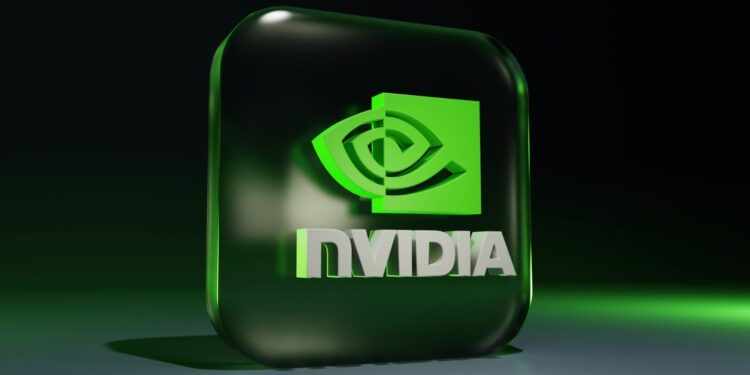Nvidia has unveiled a landmark agreement to invest up to $100 billion in OpenAI, cementing one of the largest commitments yet in the rapidly accelerating race to build artificial intelligence infrastructure. The move highlights how computing power has become the decisive factor in advancing AI innovation and scaling its applications worldwide.
A deal built on scale
The partnership centres on deploying 10 gigawatts of Nvidia’s advanced AI systems to power OpenAI’s next generation of models. The rollout will begin in the second half of 2026, with one gigawatt of capacity coming online before scaling up progressively. Each stage of deployment will be tied to Nvidia’s incremental investment, linking capital commitments directly to operational delivery.
For OpenAI, the agreement provides access to unparalleled computing resources, essential for training and running frontier AI systems. For Nvidia, the deal consolidates its dominance in the AI hardware space, where its processors are already critical to machine learning and generative AI projects globally.
Strategic significance
Nvidia CEO Jensen Huang described the collaboration as a step into “the next era of intelligence,” while OpenAI CEO Sam Altman reiterated that “everything starts with compute.” Their remarks underscore a shared belief that access to vast, reliable infrastructure will determine who leads the next wave of breakthroughs in artificial intelligence.
The deal also signals a deepening interdependence between hardware producers and AI software developers. Although OpenAI already maintains strong ties with Microsoft and other technology partners, Nvidia’s entry adds a powerful new dimension to its infrastructure backbone.
Market reaction and regulatory questions
News of the investment immediately lifted Nvidia shares by nearly 4%, reflecting investor confidence in the long-term profitability of AI. The partnership reinforces bullish expectations for continued growth in data centre and semiconductor demand.
At the same time, analysts warn the sheer size of the commitment could invite regulatory scrutiny. Issues such as market concentration, energy consumption, and the potential for bottlenecks in chip supply chains are likely to attract close examination. The agreement may become a focal point in the debate over competition and governance in the AI sector.
Challenges and risks ahead
Building and operating 10 gigawatts of AI infrastructure will be a massive undertaking, requiring significant capital, logistical coordination, and energy resources. Questions remain over whether such expansion can be delivered on schedule, and whether the anticipated returns will justify the scale of investment.
Nonetheless, the deal positions both companies at the centre of the global AI race. If executed successfully, it could accelerate the pace of model development, expand access to cutting-edge AI capabilities, and set new standards for computing infrastructure.
Implications for the AI landscape
The partnership demonstrates how strategic alliances are reshaping the technology sector. By combining Nvidia’s hardware dominance with OpenAI’s pioneering research, the deal strengthens their ability to influence the direction of artificial intelligence globally.
It is a bold commitment that illustrates the growing convergence of capital, infrastructure, and innovation in the AI economy — and a reminder that leadership in the sector now depends as much on scale as on scientific discovery.
Newshub Editorial in North America – 23 September 2025



Recent Comments